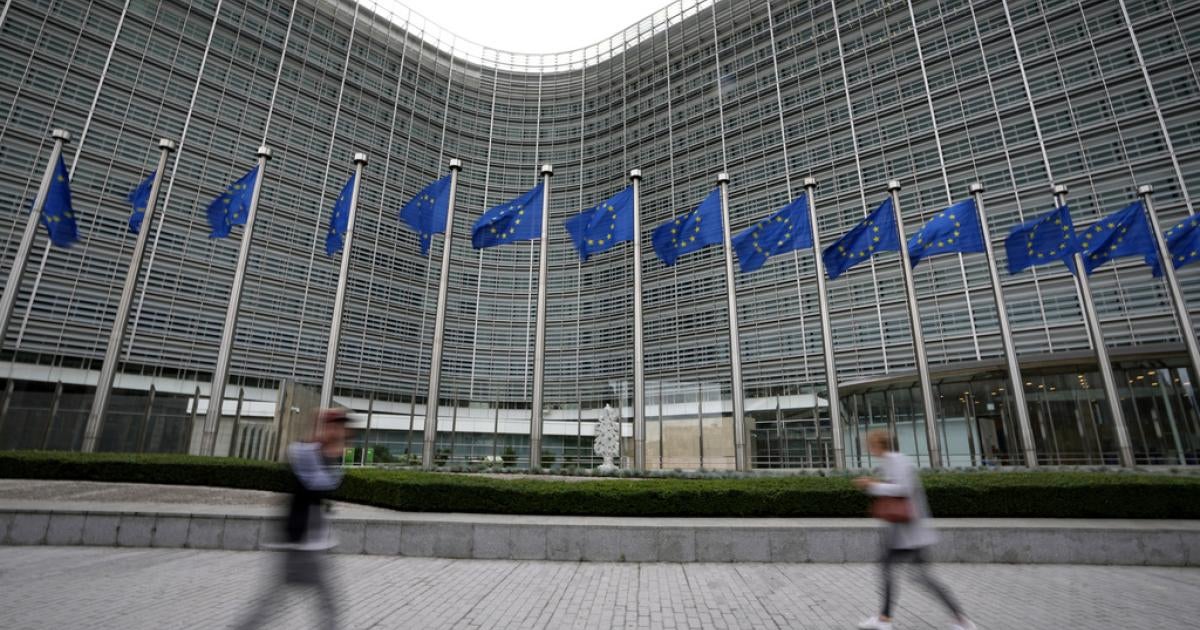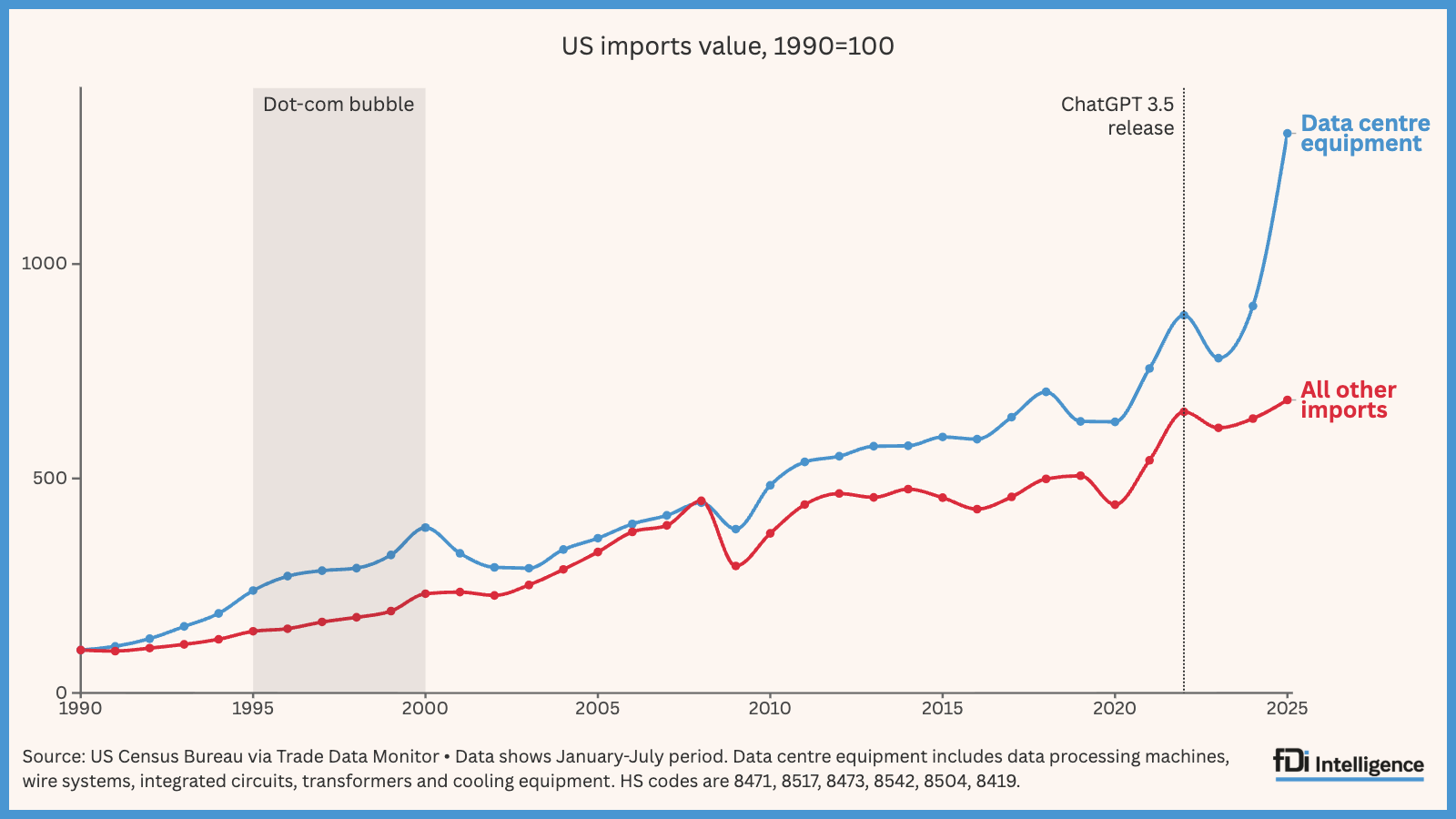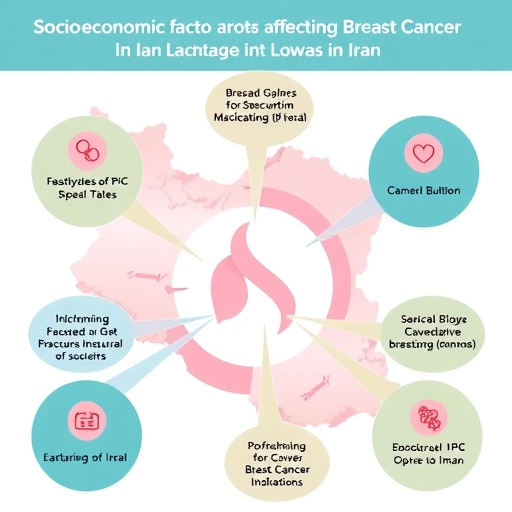Report on Mental Health Literacy and Help-Seeking Attitudes Among University Students in the Maldives in the Context of Sustainable Development Goals
Introduction: Aligning Student Mental Health with Global Goals
This report analyses the intersection of mental health literacy, stigma, and help-seeking attitudes among university students in the Maldives, framing the findings within the United Nations Sustainable Development Goals (SDGs). The study’s focus directly supports SDG 3 (Good Health and Well-being), particularly Target 3.4, which aims to promote mental health and well-being. Furthermore, by examining the student population, the research provides critical insights relevant to SDG 4 (Quality Education), as student well-being is foundational to achieving educational outcomes and fostering inclusive learning environments.
Key Findings and Their Relevance to Sustainable Development
The Role of Mental Health Literacy in Promoting Well-being (SDG 3)
- A clear positive association was identified between mental health literacy and favorable attitudes toward seeking professional psychological help (β = 0.333). This finding underscores that enhancing knowledge is a key strategy for achieving SDG 3, as it empowers individuals to recognize symptoms and seek necessary support.
- Increased mental health literacy was also associated with lower levels of both self-stigma and societal stigma, removing critical barriers that impede progress toward universal health coverage and well-being for all.
Stigma as a Barrier to Health, Equality, and Inclusive Institutions (SDG 3, SDG 5, SDG 10)
- Both self-stigma and societal stigma were significantly associated with negative help-seeking attitudes, directly undermining the objectives of SDG 3 by preventing access to mental health services.
- Self-stigma, rooted in feelings of shame and inadequacy, demonstrated a stronger statistical mediating role (β = 0.391) than societal stigma. This highlights that internal barriers are a potent challenge to individual well-being.
- The influence of stigma creates inequalities in health outcomes, working against the principles of SDG 10 (Reduced Inequalities).
Demographic Disparities and Their Impact on Gender Equality and Inclusivity (SDG 5, SDG 10)
- Younger students and male students were found to be less likely to exhibit positive help-seeking attitudes.
- This gender disparity directly relates to SDG 5 (Gender Equality), revealing how societal norms and expectations about masculinity can create significant health barriers for men and boys.
- These findings identify vulnerable subgroups, emphasizing the need for targeted interventions to ensure no one is left behind, a core principle of the SDG agenda and SDG 10.
Clinical and Practical Implications for Achieving the SDGs
The study’s findings offer a clear roadmap for interventions that can accelerate progress on multiple SDGs within educational settings and beyond.
- Enhance Psychoeducational Programs: To advance SDG 3 and SDG 4, universities should integrate mandatory mental health literacy programs into their curricula. This builds the capacity of students to manage their own well-being and support their peers, fostering a healthier and more productive learning environment.
- Target Self-Stigma: Given its strong mediating role, interventions must focus on addressing internalized stigma. Cognitive-behavioral workshops, self-compassion training, and peer testimonials can help dismantle these internal barriers, contributing directly to SDG 3.4.
- Develop Tailored, Gender-Sensitive Outreach: To address the challenges highlighted under SDG 5 and SDG 10, mental health initiatives must be specifically designed for male and younger students. Gender-sensitive campaigns and accessible, youth-friendly digital platforms can normalize help-seeking and reduce inequalities in access to care.
- Foster Inclusive Institutional Cultures: Universities, as key institutions, have a role in advancing SDG 16 (Peace, Justice and Strong Institutions) by creating psychologically safe and open campus environments. Collaborations between student bodies and university administration can embed mental health awareness into the fabric of institutional life.
Limitations and Future Research Directions for a Sustainable Future
Methodological Limitations
- The study’s cross-sectional design limits the ability to establish causality, highlighting the need for longitudinal research to inform evidence-based policies aligned with the SDGs.
- Reliance on self-report measures may introduce response biases.
- The sample was not fully representative, with an overrepresentation of female students and those in health-related fields from a single university. This limits the generalizability of the findings and points to the need for more inclusive research to properly inform policies under SDG 10.
Recommendations for Future Research
- Employ longitudinal and mixed-methods designs to build a more robust evidence base for interventions that effectively contribute to SDG 3.
- Future studies must ensure more diverse and gender-balanced samples to better understand the specific needs of different groups, in line with the principles of SDG 5 and SDG 10.
- Incorporate behavioral outcomes, not just attitudes, to gain a more accurate understanding of help-seeking patterns.
- Investigate the influence of cultural and socioeconomic factors to develop culturally sensitive interventions that are effective in diverse contexts like the Maldives.
Analysis of Sustainable Development Goals (SDGs) in the Article
1. Which SDGs are addressed or connected to the issues highlighted in the article?
-
SDG 3: Good Health and Well-being
This is the most central SDG addressed in the article. The entire study focuses on mental health among university students, specifically investigating “mental health literacy, stigma related to seeking mental health help… and help-seeking attitudes.” The goal is to ensure healthy lives and promote well-being for all at all ages, and the article’s discussion on improving mental health support, reducing stigma, and encouraging help-seeking directly contributes to this objective.
-
SDG 4: Quality Education
The article is set within an educational context, focusing on “university students in the Maldives.” It connects mental well-being to the educational environment and suggests educational interventions. The “clinical and practical implications” section explicitly recommends “psychoeducational programs within university settings” and the “integration of mental health content into academic curricula” to improve mental health literacy, thereby linking health outcomes to the quality and nature of education provided.
-
SDG 5: Gender Equality
The article identifies significant gender disparities in mental health behaviors. It notes that “males were less likely to exhibit positive help-seeking attitudes compared to… females.” It further explains that this disparity is consistent with societal trends where “males are often socialized to view seeking help as a sign of weakness.” By highlighting these gender-specific barriers and recommending “gender-sensitive outreach programs,” the article directly addresses issues of gender equality in health access and outcomes.
-
SDG 10: Reduced Inequalities
The article highlights inequalities in mental health help-seeking based on demographic factors. Beyond gender, it points out that “younger students… were less likely to exhibit positive help-seeking attitudes compared to older students.” By identifying these “vulnerable subgroups” and advocating for tailored interventions, the study addresses the need to reduce inequalities in access to health services and support for different population groups.
2. What specific targets under those SDGs can be identified based on the article’s content?
-
SDG 3: Good Health and Well-being
- Target 3.4: By 2030, reduce by one-third premature mortality from non-communicable diseases through prevention and treatment and promote mental health and well-being. The article’s entire focus on improving mental health literacy, reducing stigma, and encouraging help-seeking among students is a direct effort to “promote mental health and well-being.”
-
SDG 4: Quality Education
- Target 4.7: By 2030, ensure that all learners acquire the knowledge and skills needed to promote sustainable development, including… sustainable lifestyles… and promotion of a culture of peace and non-violence. The article’s emphasis on “mental health literacy” aligns with learners acquiring knowledge and skills for their well-being. The recommendation to “integration of mental health content into academic curricula” is a direct strategy to achieve this.
- Target 4.a: Build and upgrade education facilities that are… gender-sensitive and provide safe, non-violent, inclusive and effective learning environments for all. The article’s recommendation for “broader stigma-reduction campaigns on campus… to focus on creating a culture of openness and psychological safety” contributes directly to creating a safe and inclusive learning environment that supports student well-being.
-
SDG 5: Gender Equality
- Target 5.c: Adopt and strengthen sound policies and enforceable legislation for the promotion of gender equality and the empowerment of all women and girls at all levels. While the target focuses on women and girls, its principle of promoting gender equality is relevant. The article’s finding that “male students are generally less inclined to seek help” due to societal norms points to a gender-based inequality. The recommendation for “gender-sensitive outreach programs” is a policy-level action aimed at addressing this inequality.
-
SDG 10: Reduced Inequalities
- Target 10.2: By 2030, empower and promote the social… inclusion of all, irrespective of age, sex… or other status. The article identifies age and sex as factors creating disparities in help-seeking attitudes (“younger students and males were less likely to exhibit positive help-seeking attitudes”). The call for tailored interventions for these groups is an effort to promote their inclusion in mental health support systems.
- Target 10.3: Ensure equal opportunity and reduce inequalities of outcome… by eliminating discriminatory… practices. The article identifies stigma (“self-stigma and societal stigma”) as a major barrier, which can be considered a discriminatory practice that leads to unequal outcomes in mental health. Efforts to reduce stigma, as suggested in the article, align with this target.
3. Are there any indicators mentioned or implied in the article that can be used to measure progress towards the identified targets?
Yes, the article mentions and implies several quantitative and qualitative indicators that can be used to measure progress.
-
Indicators for SDG 3 (Target 3.4)
- Level of Mental Health Literacy: The study directly measures this, stating that “higher levels of mental health literacy were positively associated with more favorable attitudes toward seeking professional psychological help.” This can be used as a key performance indicator for mental health promotion programs.
- Prevalence of Stigma: The article measures “self-stigma and societal stigma” and finds they are “significantly associated with help-seeking attitudes.” Tracking the reduction in these stigma levels over time would be a direct indicator of progress.
- Help-Seeking Attitudes: This is a primary outcome variable in the study. The article notes a “positive association between mental health literacy and help-seeking attitudes (β = 0.333).” Measuring changes in these attitudes among the student population would indicate the effectiveness of interventions.
-
Indicators for SDG 4 (Targets 4.7 & 4.a)
- Implementation of Psychoeducational Programs: The article suggests “mandatory mental health orientation workshops, peer-led seminars, or integration of mental health content into academic curricula.” The number and reach of such programs would be a process indicator.
- Perception of Campus Psychological Safety: The recommendation to create “a culture of openness and psychological safety” implies that student perceptions of the campus environment can be surveyed and used as an indicator of an inclusive and supportive learning environment.
-
Indicators for SDG 5 & 10 (Targets 5.c, 10.2, 10.3)
- Data on Help-Seeking Attitudes Disaggregated by Gender and Age: The article explicitly provides this data, noting “males and younger students demonstrated more negative help-seeking attitudes.” Continuing to collect and analyze this disaggregated data is crucial for monitoring inequalities and the effectiveness of targeted interventions like “gender-sensitive outreach programs.”
4. Table of SDGs, Targets, and Indicators
| SDGs | Targets | Indicators Identified in the Article |
|---|---|---|
| SDG 3: Good Health and Well-being | 3.4: Promote mental health and well-being. |
|
| SDG 4: Quality Education |
4.7: Ensure learners acquire knowledge and skills for sustainable lifestyles.
4.a: Provide safe, inclusive, and effective learning environments. |
|
| SDG 5: Gender Equality | 5.c: Adopt policies for the promotion of gender equality. |
|
| SDG 10: Reduced Inequalities |
10.2: Promote social inclusion of all, irrespective of age, sex, etc.
10.3: Ensure equal opportunity and reduce inequalities of outcome. |
|
Source: bmcpsychology.biomedcentral.com







